ABSTRACT
Roughness plays a central role in the functional attributes of parts, performance and production costs as well as mechanical properties. It is the main parameter characterizing the quality of a surface, and provides an indication of quality assurance for the manufacturing process. The measurement of engineering surface roughness is becoming increasingly important. Current techniques of surface measurement use surface profilometer to estimate the nature of the surfaces. To overcome the disadvantages arising from the use of the stylus in roughness measurement, several surface analysis techniques have been developed including scanning electron microscopy, near field microscopy, and optical techniques. In this work, a non-contact method using computer vision for inspecting surface roughness of components has been presented.Click here to download full report
